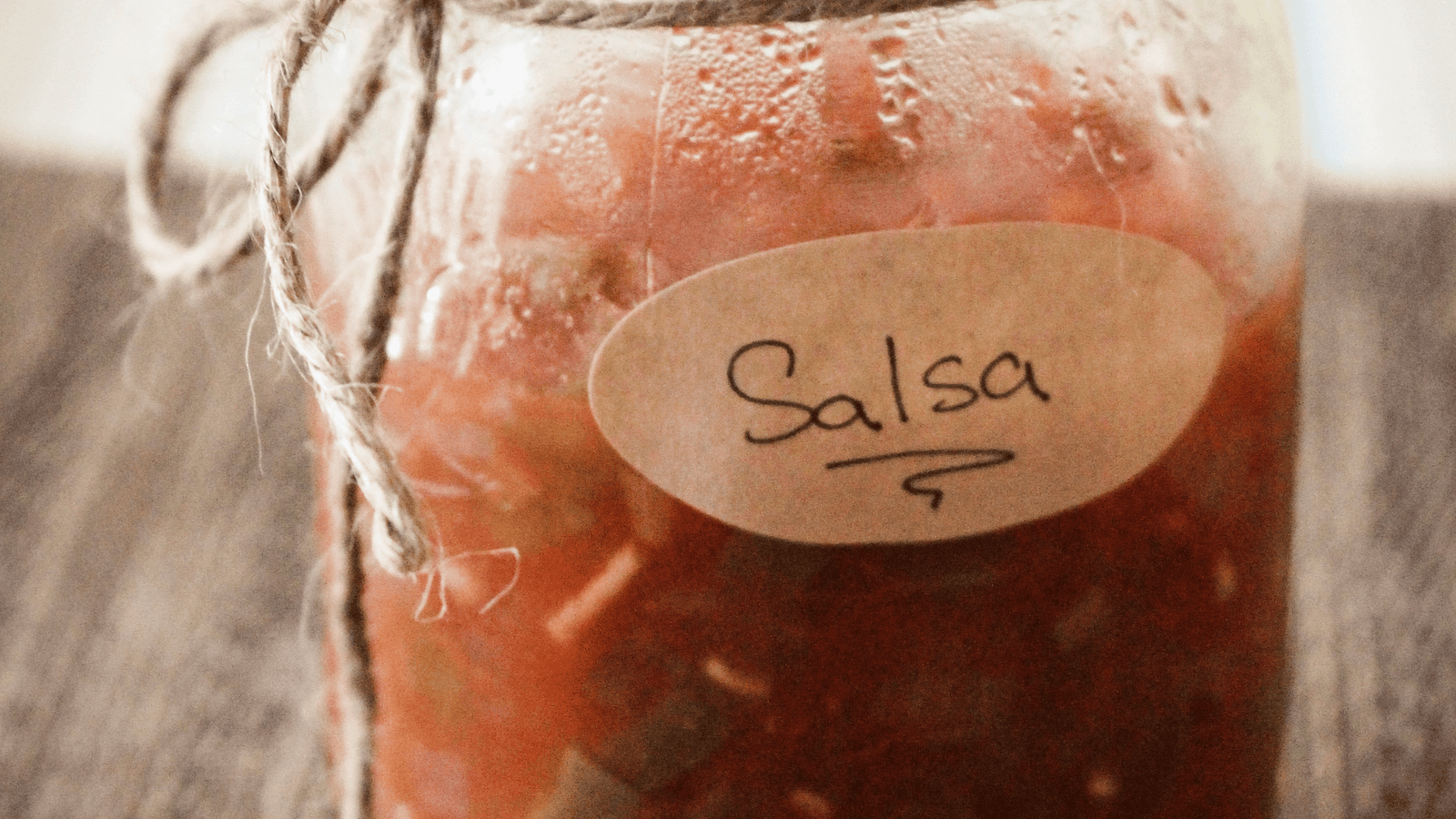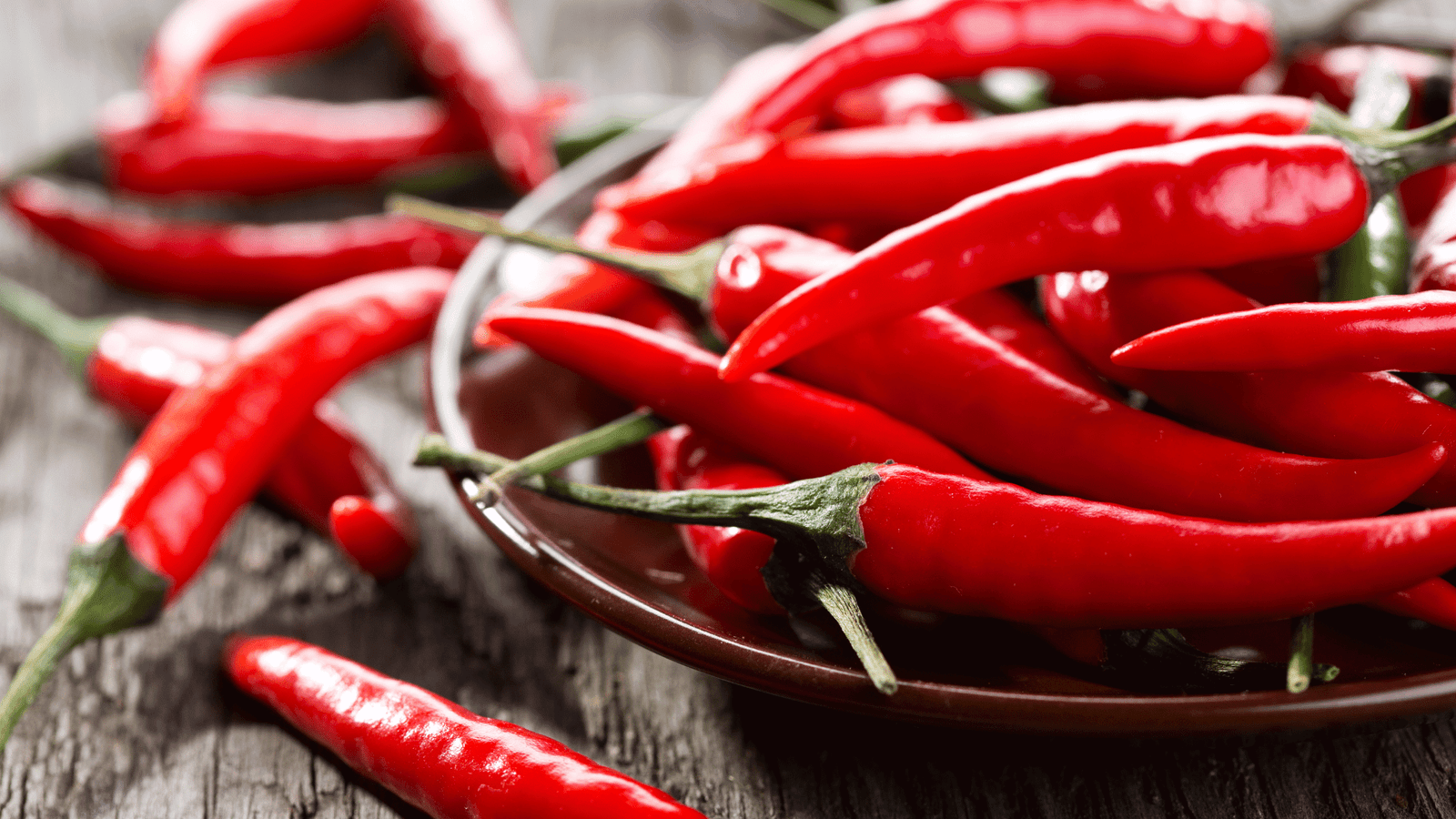If you’re a fan of salsa and enjoy exploring new flavors, then you’re in for a treat with this fermented salsa recipe. Fermentation not only enhances the taste and nutritional value of the ingredients but also adds a unique tanginess that’ll have your taste buds dancing. In this article, we’ll dive into the world of fermented salsa, providing you with a step-by-step guide to creating your own batch of this delightful condiment. Get ready to elevate your snacking experience with this delicious twist on a classic favorite.
Introduction to Fermented Salsa
Salsa is a beloved condiment known for its vibrant flavors and versatility. This particular Fermented salsa recipe takes this classic dip to a whole new level by introducing the process of fermentation. Fermentation involves the natural breakdown of the sugars in the ingredients by beneficial bacteria, resulting in a tangy and probiotic-rich concoction.
Benefits of Fermentation
Fermented foods offer a plethora of health benefits. They are packed with probiotics that promote gut health and aid digestion. Additionally, fermentation enhances nutrient absorption and increases the levels of vitamins and minerals in the ingredients. When it comes to salsa, fermentation not only boosts its nutritional value but also imparts a depth of flavor that’s hard to achieve through traditional methods.
⭐ Say goodbye to store-bought supplements and transform your kitchen into a probiotic haven. Discover the art of fermentation and unlock the benefits of gut-friendly foods. Get ready for a slimmer waistline, a stronger immune system, and a happy gut. Check out the video here!
Ingredients You’ll Need
To embark on your fermented salsa journey, you’ll need:
- Fresh tomatoes
- Onions
- Peppers (such as jalapenos or serranos)
- Garlic
- Fresh cilantro
- Sea salt
- Spices (cumin, coriander, etc.)
- Whey or starter culture (optional)
Step-by-Step Fermented Salsa Recipe
Preparing the Vegetables
Before fermenting, chop the tomatoes, onions, peppers, and garlic finely. Combine them in a bowl and add fresh cilantro.
Creating the Brine
Dissolve sea salt in water to create a brine solution. The brine will not only preserve the salsa but also create an environment conducive to fermentation.
Mixing and Fermenting
Mix the vegetables with spices and herbs in a clean, glass jar. Pour the brine over the mixture, ensuring it’s fully submerged. Close the jar loosely to allow gases to escape during fermentation.
Monitoring the Fermentation Process
Place the jar in a cool, dark spot and let the magic happen. Remember to “burp” the jar occasionally to release built-up gases. Taste the salsa after a few days to gauge its tanginess.
Customizing Your Salsa
Feel free to experiment with ingredients like mangoes, pineapple, or different types of peppers to create a salsa that suits your taste buds.
Fermentation Tips and Tricks
- Use high-quality, organic ingredients for the best results.
- Keep an eye out for any signs of mold during fermentation.
- The longer the fermentation period, the tangier the salsa will become.
Safety Precautions
Maintain proper hygiene while handling ingredients and equipment. Ensure everything is clean to prevent the growth of harmful bacteria.
Harvesting and Storing Your Fermented Salsa
Once your salsa reaches the desired level of tanginess, move it to the refrigerator to slow down the fermentation process. It will continue to develop flavor over time.
Incorporating Fermented Salsa into Your Meals
Enjoy your fermented salsa as a dip, topping, or even as a marinade. Its unique flavor profile will enhance everything from tacos to grilled chicken.
Frequently Asked Questions (FAQs)
Q1: How long does it take for salsa to ferment?
A1: The fermentation process for salsa typically takes around 3 to 7 days, depending on factors such as temperature and the desired level of tanginess. It’s recommended to taste the salsa after a few days to determine if it has reached your preferred flavor.
Q2: Can I use table salt for the brine?
A2: It’s best to avoid using table salt for the brine as it often contains additives that can interfere with the fermentation process. Opt for sea salt or other non-iodized salts to ensure successful fermentation.
Q3: Is whey necessary for fermentation?
A3: Whey is not absolutely necessary for fermentation, but it can act as a starter culture that helps kickstart the fermentation process. If you choose not to use whey, you can rely on the natural bacteria present in the vegetables and environment to initiate fermentation.
Q4: What are some common signs of spoilage?
A4: If you notice mold, an off-putting odor, or an unusually slimy texture in your fermented salsa, it’s a sign of spoilage. In such cases, it’s best to discard the batch to avoid consuming any harmful bacteria.
Q5: Can I adjust the level of spiciness in the salsa?
A5: Absolutely! You can control the spiciness of your fermented salsa by adjusting the amount and type of peppers you use. Experiment with milder or hotter peppers to achieve the perfect level of heat for your taste preferences.
⭐ Hey there! Check out the latest blog post at SmoothiePerks all about Fermented Creamy Dill Dressing – it’s worth a read!
In conclusion, creating your own fermented salsa is a rewarding culinary adventure that brings a burst of tangy flavors to your table. By embracing the art of fermentation, you not only elevate the taste of your salsa but also contribute to your overall well-being. So, gather your ingredients, follow the steps, and get ready to savor a uniquely delicious snack that’s both wholesome and exciting.
ⓘ Disclaimer:
Please note that the information provided in this blog post is for general informational purposes only and does not constitute professional advice. I am not an expert. The content of this blog post is based on my personal experiences, research, and opinions. I do not assume any responsibility or liability for any consequences resulting from the use of this information. By reading this blog post, you acknowledge and accept that the information provided here is not a substitute for professional advice.
ⓘ AFFILIATE DISCLOSURE: Please assume any links to 3rd party products are affiliate links for which I may receive a small payment from the vendor (at no cost to you) if you decide to sign up or purchase.





3 thoughts on “Fermented Salsa Recipe: A Flavorful Twist on a Classic Snack”